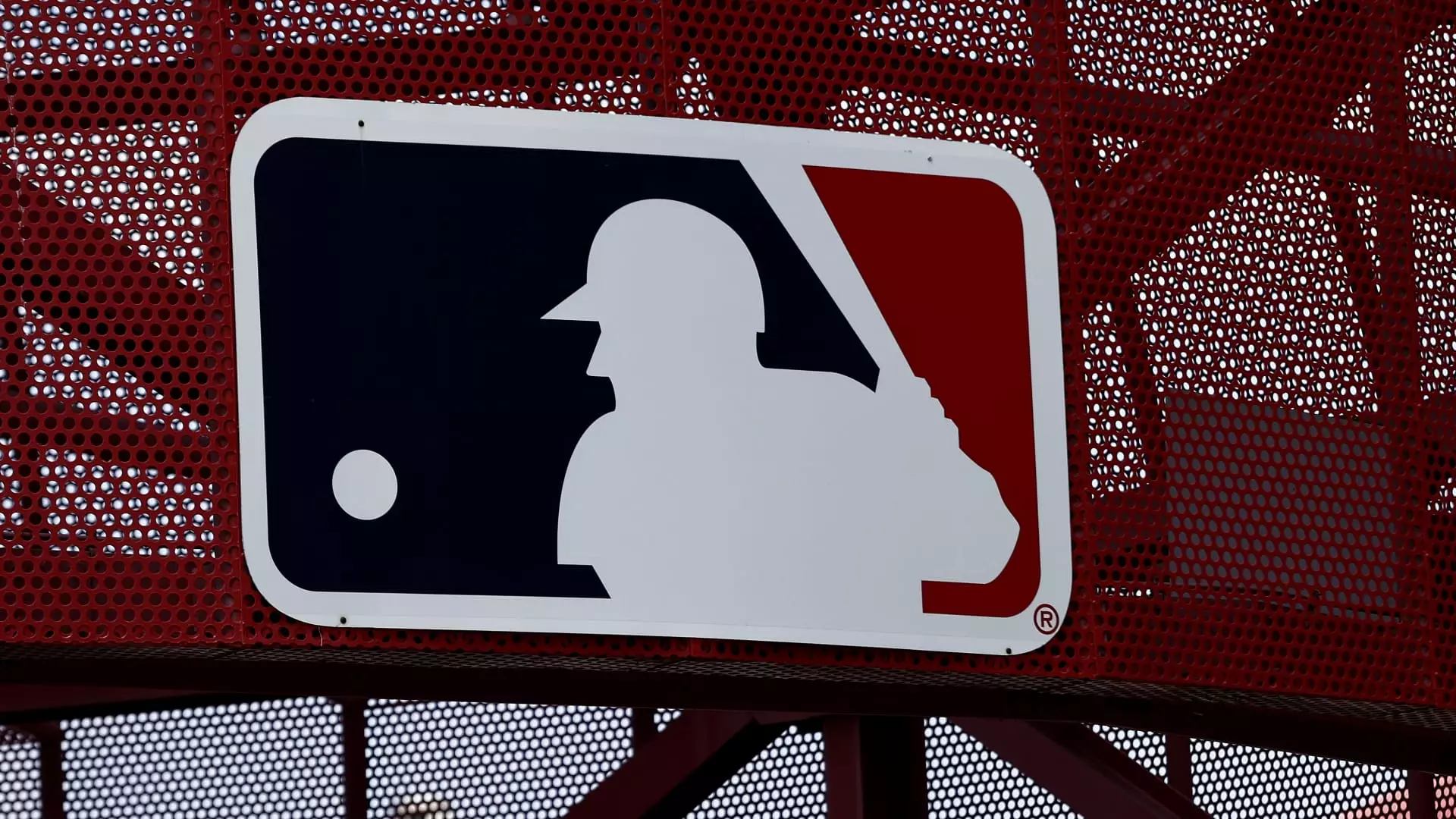The world of sports broadcasting, particularly in the realm of regional sports networks, is currently facing a tumultuous phase, exemplified by the ongoing situation surrounding Diamond Sports Group. As the largest regional sports network owner in the United States, Diamond has found itself ensnared in a maze of financial challenges, leading to bankruptcy proceedings and a proposed reorganization plan. This pressing issue has garnered the attention of Major League Baseball (MLB) and the Atlanta Braves, both of whom have voiced serious reservations about Diamond’s future under its current restructuring strategy.
The objections raised by MLB and the Braves highlight significant concerns regarding the sustainability of Diamond Sports Group’s proposed plan. In a recent court filing, both entities articulated “grave concerns” about the likelihood of Diamond experiencing further financial difficulties in the near term. This skepticism is deeply rooted in the belief that the company may not emerge from its restructuring phase in a stable position. The validity of such concerns is underscored by the history of struggles that companies in the media landscape have faced, particularly those tied to traditional broadcasting models that are rapidly becoming obsolete.
Furthermore, the complexity of the reorganization plan has compounded these anxieties. Spanning 20 documents and totaling 181 pages, the plan’s intricacies raise questions among stakeholders about its transparency and feasibility. MLB and the Braves’ calls for additional clarity showcase a growing impatience with the lack of communication from Diamond Sports Group, particularly regarding financial particulars that could aid in assessing the viability of their business future.
One major challenge in the current situation stems from the confidentiality agreements that Diamond is bound by with its distribution partners, including cable operators. These legal constraints limit the information that Diamond can provide about its financial health and restructuring proposals. This obscurity not only breeds mistrust but complicates the negotiations between Diamond, MLB, and its partners. In an industry where clarity and transparency are vital, Diamond’s limitations may hinder its relationships with key stakeholders, further jeopardizing its chances of a successful turnaround.
Additionally, the discussion surrounding a potential commercial partnership with Amazon brings more uncertainty into the mix. While Diamond represents this collaboration as a potential lifeline, the ongoing nature of these negotiations adds a layer of unpredictability to the company’s prospects. MLB and the Braves recognize the strategic importance of diversifying revenue streams, especially in light of the shift away from traditional cable subscriptions. However, without concrete details, stakeholders remain understandably cautious.
The ramifications of Diamond’s situation extend far beyond executive offices and bankruptcy courts. Local teams, including the Atlanta Braves, are deeply intertwined with Diamond Sports for their broadcasting rights, and any instability at Diamond poses a direct threat to their revenue and visibility. The Braves, now part of the publicly traded Atlanta Braves Holdings, indicate that their stake in Diamond remains intact for the time being, but the financial tug-of-war puts local franchises in a precarious position.
As the restructuring continues, a few teams have already opted to take their broadcasting rights into their own hands, with the Cincinnati Reds announcing their departure from Diamond’s regional sports network. These moves emphasize a growing trend where teams are prioritizing control over their media rights, especially as the market shifts towards direct-to-consumer approaches. Such transitions signal a significant evolution in how sports are consumed and displayed, prompting a reevaluation of what future broadcasting might look like.
Concluding Thoughts on Diamond Sports Group’s Future
The current predicament surrounding Diamond Sports Group highlights broader issues within the sports broadcasting industry. As Major League Baseball and the Atlanta Braves grapple with the uncertainties of their regional broadcasting future, the need for clear communication and viable restructuring becomes increasingly critical. With traditional media models facing decline, adaptation to new platforms will be essential for Diamond to maintain relevance and stability in an ever-evolving landscape. The coming weeks will be instrumental in determining whether Diamond can navigate through this crisis and restore the confidence of its stakeholders, including MLB and local teams. The outcome of these negotiations will undoubtedly shape the future of regional sports broadcasting.

